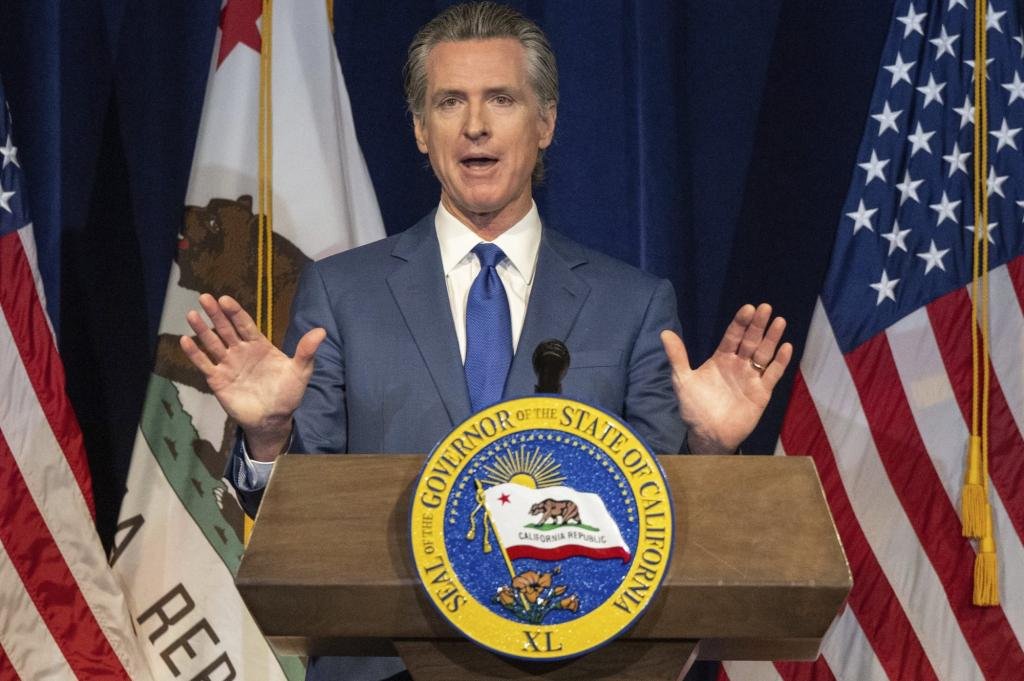After SVB collapse, it’s time to audit the Fed
The Federal Reserve Wednesday raised interest rates for the 10th time in just over a year, its latest cudgel against the economy in reaction to recession and inflation from massive government binge spending.
The Fed’s actions will raise borrowing costs, hurting pinched families as they seek loans for mortgages, automobiles and their small businesses.
Clearly, America’s staggering inflation caught the Fed bosses asleep at the wheel, and they’re whiplashing our economy as they scramble to play catchup.
The Silicon Valley Bank collapse — the second-biggest in US history — also caught the Fed woefully off guard.
As it readies its internal review of its actions leading up to the mess, many observers are skeptical the Fed will be thorough.
That’s why 17 organizations — including my group, Independent Women’s Voice — have joined forces to urge Congress to apply the necessary scrutiny of a comprehensive external audit of the Fed’s role in SVB’s implosion.
SVB’s collapse was a failure of both the bank’s risk management and the Fed’s ability to properly supervise and enforce regulations.

This negligence in supervision is a telltale sign that hastily drawn additional regulations on regional banks are unwarranted and will not stop future bank failures.
In the interest of producing an unbiased report of what went wrong, members of Congress should conduct oversight by calling on the Government Accountability Office to produce an independent audit of the Fed’s actions leading up to the run on SVB.
To ensure such an audit captures a complete picture, Congress should also amend federal statute to allow GAO to review monetary-policy decisions made in conjunction with or as a result of SVB instability. This congressional oversight would provide Americans much-needed clarity.
On March 13, the Fed announced that Vice Chair for Supervision Michael Barr would publish a review of SVB’s supervision and regulation by May 1.

This examination was necessary to understand how the bank’s significant interest-rate and liquidity risks persisted without redress.
But the Fed’s review of its own actions leading up to SVB’s demise is a perfect example of a fox guarding the henhouse.
This clear conflict of interest calls into question the Fed’s legitimacy as the reviewer of its own transparency and accountability.
The Fed likely whitewashed information that shields itself from evidence of negligence or wrongdoing.
The Wall Street Journal reported the Fed was aware of SVB’s risk-management issues long before its collapse.
The Fed issued the bank warnings about its liquidity constraints because it was inaccurately modeling the duration of its bond investments.
And those investments dived in value as the Fed raised interest rates.
SVB was already required under existing rules to have a risk committee and a chief risk officer to report and resolve any “risk-management deficiencies in a timely manner.”
Last year the bank neglected to fill the chief risk officer position for eight months.
It is hard to believe the Fed was unaware the role was unfilled for such a significant amount of time.
A GAO audit can identify key factors that contributed to the Fed’s failures.
These supervisory deficiencies are likely only a fraction of the Fed’s inadequacy.
We’re grateful for lawmakers who have already called out the central bank and are demanding more answers concerning its accountability.
Next, however, Congress should ask GAO to audit the Fed’s actions for the sake of transparency and to mitigate conflicts of interest.
Congress should also attach to an immediate omnibus legislative vehicle language allowing the GAO to audit the Fed’s monetary-policy decisions to better understand how Fed actions might have influenced SVB’s interest-rate risk and risk-management practices.
This would shed light on how the Fed’s decisions, which affect the whole economy, are influenced by fluctuations in specific economic sectors.
These actions are necessary so Americans can better understand how the federal government — and particularly the Federal Reserve — failed to do its job.
Wednesday’s Fed rate hikes make US interest costs balloon even further to unsustainable heights.
Just as the recent data breach at the Consumer Financial Protection Bureau proves that power-grasping agency deserves more scrutiny and less power, it’s time to rein in the Fed to prevent further economic collapse.
Carrie Sheffield is a senior fellow at Independent Women’s Voice.




